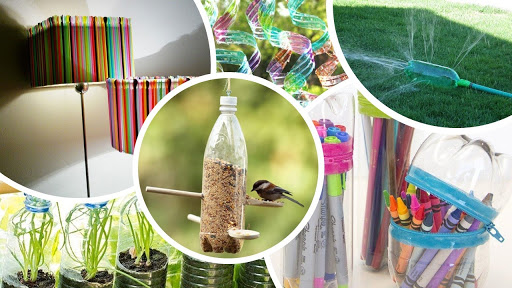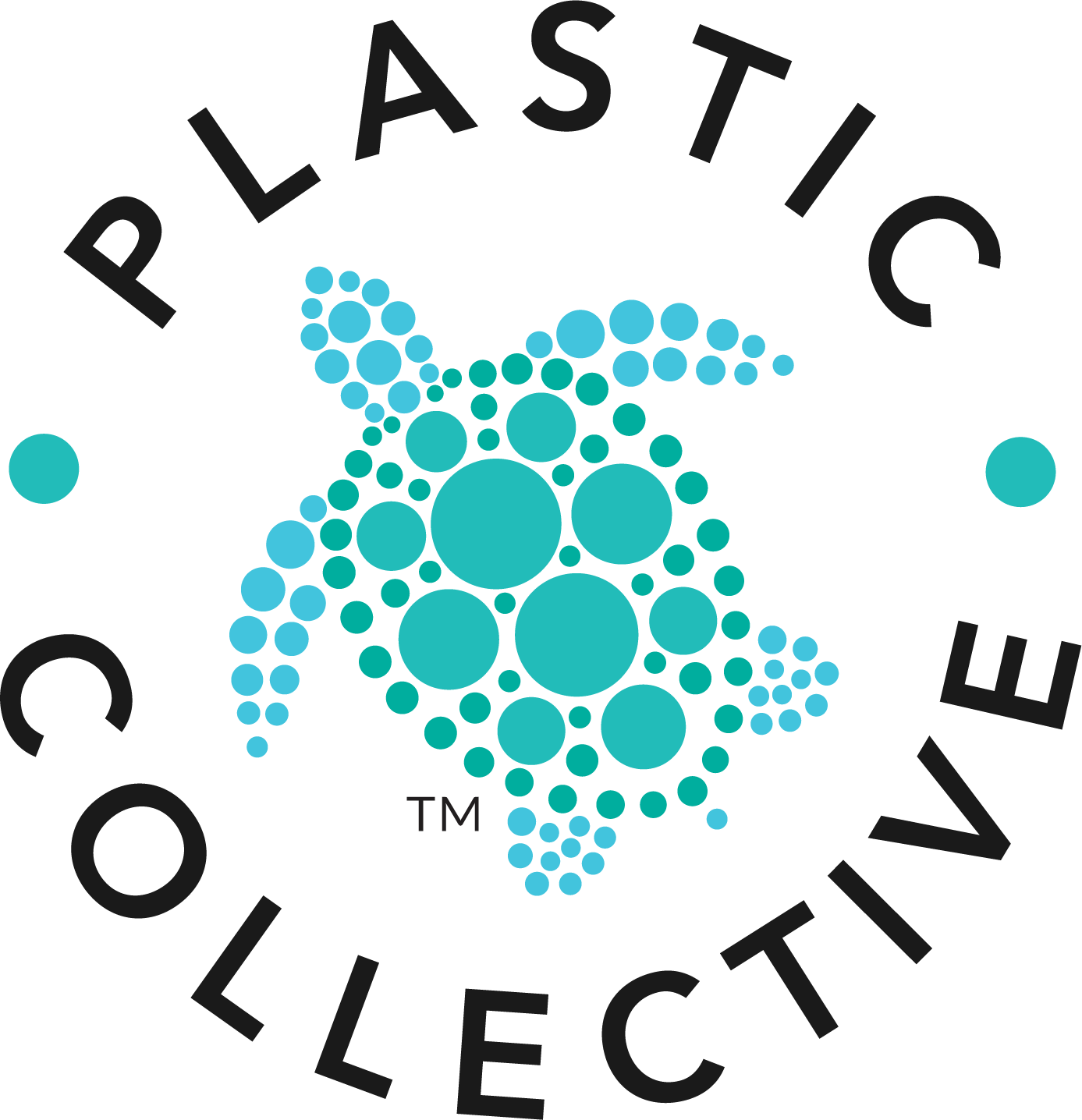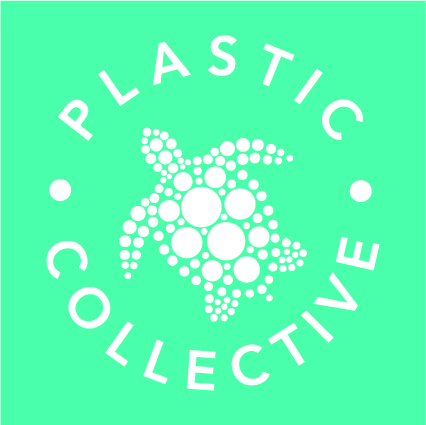Plastics! The Essential Guide to Repurposing, Reusing and Recycling

Importance of Repurposing Plastics
Over the past decade the importance of repurposing plastic materials has become imperative as the world transitions to more sustainable options. The Commonwealth Scientific and Industrial Research Organisation (CSIRO), analysed the Global Recycled Plastic Market and has stated “The growth of the recycled plastic market is greatly supported by the fact that it is more cost efficient to manufacture a product from recycled plastic than from virgin resin.”

This places restraints on kerbside recycling in Australia as the actual recycling rates are less than 10%. Furthermore, the only benefit to kerbside recycling is the availability to metropolitan areas (Fig 1.). It seems as though governments are constantly changing what can go into our recycling bins, as we continue to develop ways to recycle more products with more ease. Not to mention, recycling programs differ between towns and suburbs which creates even more public confusion over what can be recycled and where. This leads to high contamination rates and significant loss of resources to landfill. New plastic recovery initiatives, such as collection zones in big retailers such as Woolworths and Coles, as well as ‘Return and Earn’ schemes, have shown significant improvements of recycling rates in Australia. These designated collection zones decrease contamination rates and increase the plastic material value as the ease of recycling increases.
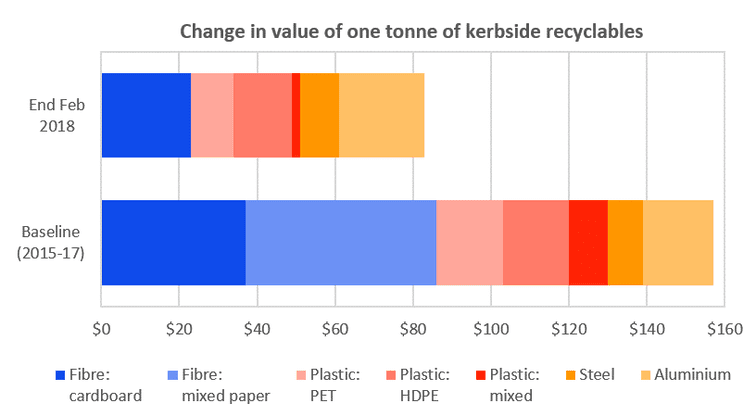
Fig 1. Displays the decline in recycling companies revenue. Recycling companies in Australia now make less revenue through providing kerbside recycling, than they produce from the service. Source: The Conversation (2018).
Recycled Plastic Compared to Virgin Material
Of the 3.5 million tonnes of plastic in Australia less than 10% is recycled (ABC, 2019). Using recycled plastics instead of virgin plastics as the foundation material provides a new means for these materials to exist in society. By repurposing plastics we are diverting it from its predetermined course to landfill. Plastic is non-biodegradable, therefore it continues to accumulate for hundreds of thousands of years. Australians have been misled and experienced a false sense of security in regards to where their recycling ends up and the composition of new products. Most of Australia’s rubbish was shipped overseas to countries such as; Malaysia and China, where it has been illegally burnt. Australia has relied on these countries to take the rubbish, however, recently they have begun refusing to take our waste, overwhelming our recycling system. “The wheels so to speak, have fallen off our old recycling system”, reinforcing the importance of repurposing plastic (SMH, 2019).
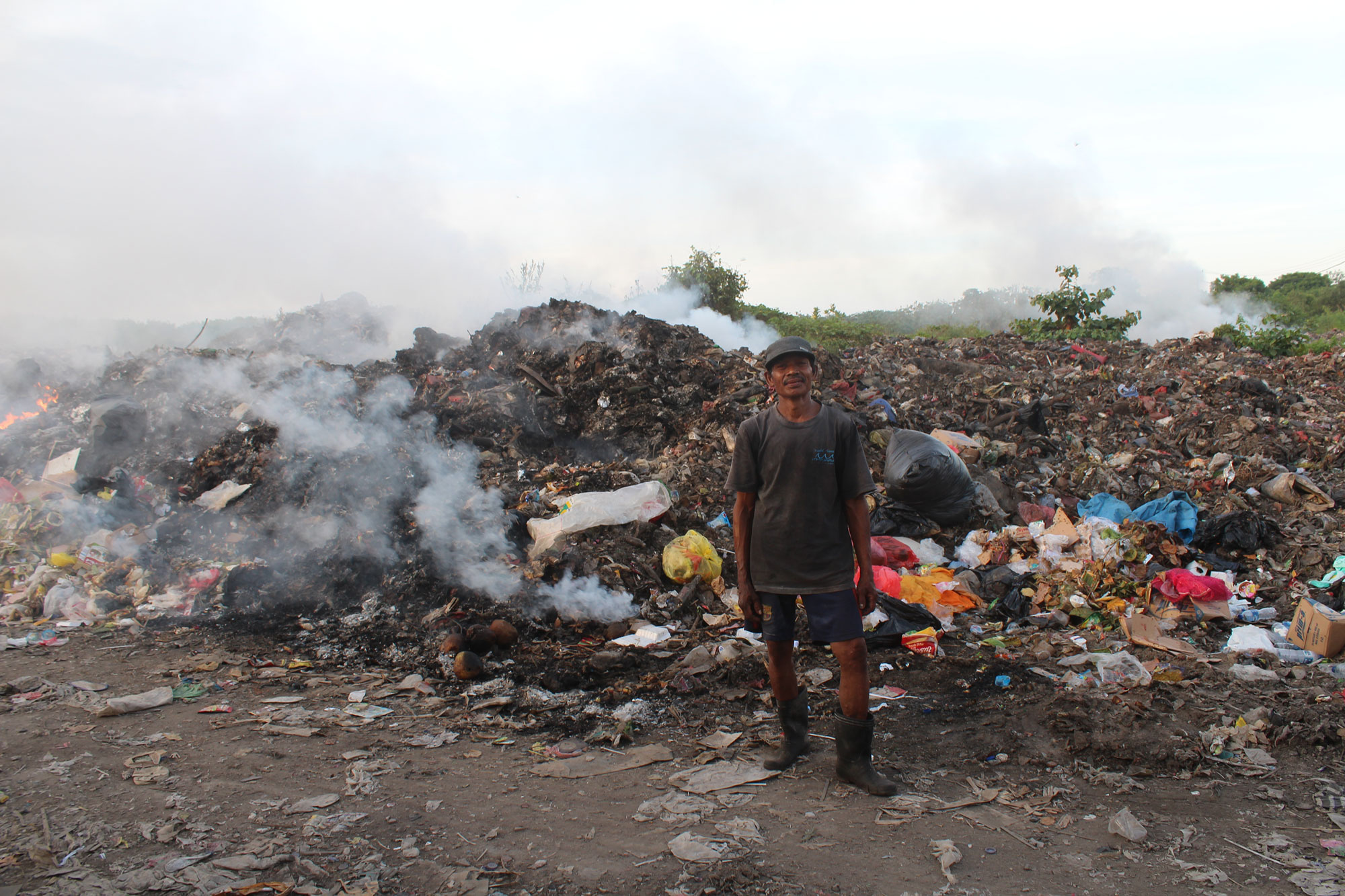
The other complications with using virgin materials, is that there is no system to ensure the product remains out of the environment. Through placing importance on recycled material, we can reduce plastic waste by increasing the value of recycled plastics in the marketplace. This leads to the reduction in clean up initiatives and reduces the demand for Third Party Extender Producer Programs; such as Plastic Credits. For these reasons more individuals are choosing to; reduce, reuse, recycle and upcycle their plastic materials at home.
How to Repurpose Plastics at Home
The good thing about most plastics is that they’re an extremely versatile and durable product, allowing for home DIY solutions. The most common plastics households collect are single use plastics; plastic bags and plastic packaging. A lot of food packaging can actually be returned to stores for recycling.
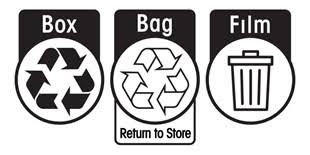
“We partner with REDcycle and in all of our stores, customers can return their soft plastic items, which are then recycled into items such as furniture.” – Woolworths.com
The remaining types of plastics most likely look like plastic bottles and plastic containers; cosmetic and cleaning bottles. The design of these products allow them to be refilled and reused. More companies are switching to refillable solutions for your plastic bottle needs. There is also the option to make your own DIY solutions to refill these bottles. On the other hand, there are plenty of more creative ways to repurpose these bottles. Here are a few examples;
- At home planters made from shampoo bottles
- DIY Sprinklers made from water bottles
- Upcycling detergent bottles for watering cans
- Homemade pencil cases and stationary holders
- DIY Spice Mix shakers
- “Bird feeder” milk jugs
- Decorations and crafts
- Straw lamp shades
